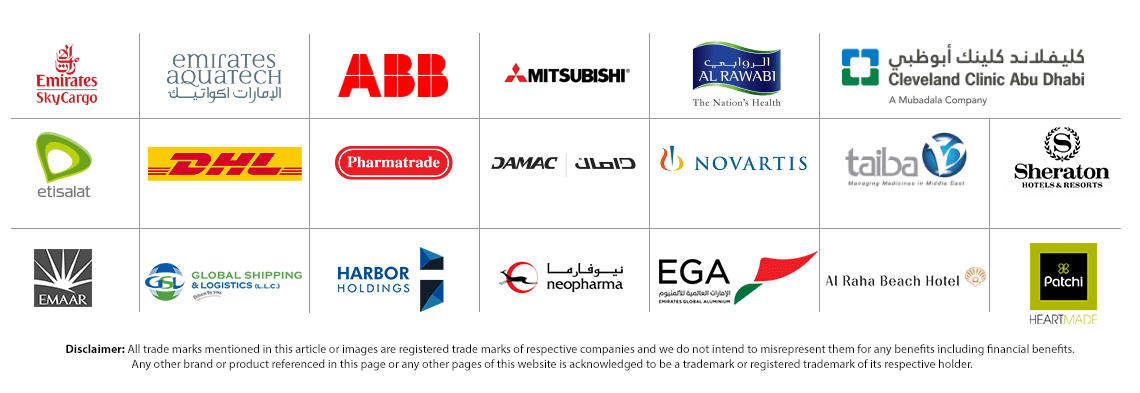A refrigeration dehumidifier uses condensation to reduce moisture in the air. It has a refrigerant to cool its coils below the dew point. As air passes over those coils, moisture condenses from the air as a result of this cooling flow. A refrigerant dehumidification machine removes large amounts of water from humid air in warm climates. This is the common type of dehumidifier in ambient temperature above 10 Deg C.
What are the typical applications of a condensation dehumidifier?
A standard condensation dehumidifier may have a two-speed fan motor, a cross-flow blower type of fan and a high-efficiency rotary compressor.
This works for a variety of different commercial, residential and industrial applications. Such applications include warehouses, restaurants, offices, salons, storerooms, computer rooms, basements, garages, animal enclosures, and telecommunications rooms.
It has a compressor for mobility and vibration protection with a reverse cycle defrosting system. This allows effective operations even when ambient temperatures are low. Hence we can use these in laundry mats, storage facilities, basements, and commercial & industrial buildings. Other applications include archive facilities, medical clinics, electrical powerhouses, drying paint, swimming pools, and gyms.
A high-capacity dehumidifier has a washable Inlet Filter and an internal high-capacity condensation pump. These are suitable for warehouses, laboratories, agriculture, sports halls, factories, kitchens, basements, ships, stadiums, hotels, pumping stations, and oil rigs.
A compact dehumidifier made for heavy-duty use has a rotary compressor, and a reverse cycle defrosting feature. Hence this is for effective operation when ambient temperatures are low. It will have a powder-coated steel chassis. This is ideal for flood and restoration work, roof leaks, cellars, laboratories, and similar applications.
Operation principle of refrigeration or condensation dehumidifier
We are listing below the operation principle of a refrigerant or condensation dehumidifier:
- High humidity means that the air has high moisture content.
- Firstly, the air passes over the cold coils of a refrigerant dehumidifier.
- This condenses the moisture particles into water.
- This water is collected into a tray fixed in the dehumidifier.
- The air passing out of the dehumidifier will be dry compared to the intake air.
- You have to drain the water from the tray once it is full. Alternatively, you can connect a drain pipe directly.
- A condensation dehumidifier’s key part is its compressor c
 ooling system.
ooling system. - Basically, this is the inverse operation of that of an air conditioner.
- This system allows for condensing the air and lowering the water molecules in the air.
- The heart of this cooling system is a compressor, which pumps and compresses the refrigerant.
- This forces it to circulate throughout the entire system. A compressed refrigerant (in a gaseous form) is transferred by pipe to the condenser, where it is cooled. The refrigerant’s heat is received by the air around the condenser (exchanger). The refrigerant now changes its form from gas to liquid due to its temperature drop and pressure.
Condensed refrigerant runs through the de-watering filter. This absorbs the steam that could otherwise find its way into the drier when it is maintained. After going through the filter, the liquid then runs through a throttle. This is an expanding valve or capillary.
The throttle’s flow resistance causes a pressure difference. Hence this makes the refrigerant expand and then evaporate. In an opposite reaction to condensation, evaporation creates a drop in temperature and pressure. Due to this phenomenon, the air releases its heat into the refrigerant. This allows it to evaporate. The air temperature then drops below the dew point. Thus it makes the excess humidity condense and collect on the walls of the condenser. Thereafter the expanded refrigerant is taken in again by the compressor and the entire cycle begins again.
High capacity condensation dehumidifier model TTK655S
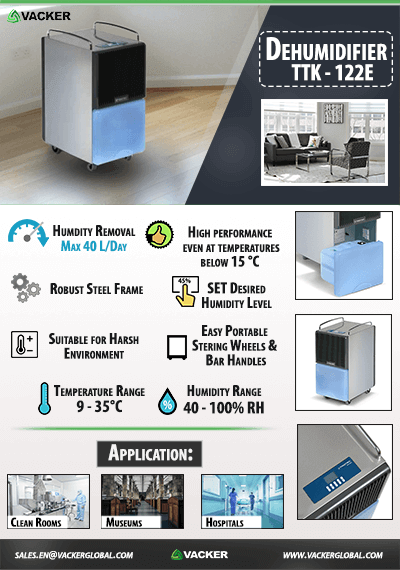 This is a high-capacity industrial-type condensation dehumidifier. Brief technical details are given below.
This is a high-capacity industrial-type condensation dehumidifier. Brief technical details are given below.
- Dehumidification performance at 30 °C & 80 % RH is 125 litre per day.
- Dehumidification performance at 20 °C / 60 % RH is 44 litres per day.
- Maximum Dehumidification performance is 150 litres per day.
- The maximum air volume capacity is 1,000 cubic meters per hour.
- Recommended room size for construction drying is 750 cubic meters.
- The ideal room size for dry keeping is 1,470 cubic meters.
- It operates at a temperature range of 5°C to 32 °C.
- The machine operates at a Humidity range of 32%RH to 100%RH.
- It operates at 230 V, 50 Hz and consumes a maximum power of 1.9 kW.
- The nominal current consumption is 8.7 Ampere with a recommended fusing of 16 Ampere.
- The compressor type is a Rotary piston compressor having cooling agent type R-407C.
- It generates a sound level of 56 dB at 1 meter.
- Dimensions excluding packing are 485 mm (L) x 605mm (W) x 810 mm (D) and have a weight of 55 kg.
Product Details of Industrial condensation dehumidification machine TTK 655S:
- Product Title: Condensation (Refrigerant) type dehumidifier model TTK 655S for commercial and industrial applications.
- Product Description: Condensation or Refrigerant type dehumidification machine to reduce the moisture content from the air. Suitable for factories, warehouses, basements, commercial buildings, food industry, pharma storage, and clean rooms.
- Brand Name:VackerGlobal
- Price: AED 8150.00
- Price valid until 31-December-2022
- SKU: 1001000074
- Additional Type: TTK 655S
- Seller Organisation:VackerGlobal
Frequently asked questions
- What causes excessive condensation in a house, office or factory?
When there is high moisture content in the air, condensation happens. You will see moisture particles on the surfaces of walls, metals etc. Condensation especially happens on surfaces which are slightly at a lower temperature. One reason for excess moisture in atmospheric conditions. Another reason is water leakage from the pipe network. In a basement with a plumbing network, you will have high humidity n case of a minor leak. The ideal way to reduce humidity is to use a dehumidifier. - How to stop condensation in humidity?
In order to stop condensation, you will have to reduce the surrounding humidity. Identify the reason for excess humidity. If it is a leakage in the pipe network, you may repair the same. In case the reason is high humidity in the atmosphere, you will have to use a dehumidifier. - Do dehumidifiers stop condensation?
Dehumidifiers reduce the humidity of the surrounding air. Once the humidity is low, there will not be any condensation. However, you shouldn’t reduce humidity drastically which will cause other damage. As an example, if the humidity is very low, the furniture will develop cracks. - Can I use a dehumidifier in winter?
Generally, during winter the humidity is low in a normal home and office conditions. In such a case, you will have to use a humidifier to increase the humidity. It is possible that you may have rooms with high humidity in the winter. In such a case, you have to use a desiccant dehumidifier if the temperature is below 10 Deg C.
Please check the latest specification and prices with our offices.
In the Middle East, we serve the United Arab Emirates, Kingdom of Saudi 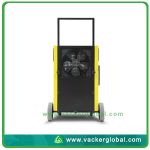 Arabia, Oman, Qatar, Bahrain, Iraq, Lebanon, Egypt, Jordan, Libya, Tunisia, etc.
Arabia, Oman, Qatar, Bahrain, Iraq, Lebanon, Egypt, Jordan, Libya, Tunisia, etc.
Furthermore, in Africa, we serve countries including Kenya, Algeria, Tanzania, Djibouti, Chad, Ghana, Rwanda, Uganda, Nigeria, Ethiopia, Morocco, Angola, South Africa, etc.
Also, we supply to India, Bangladesh, Pakistan, Afghanistan, Kazakhstan, Srilanka, Maldives, and Cyprus.

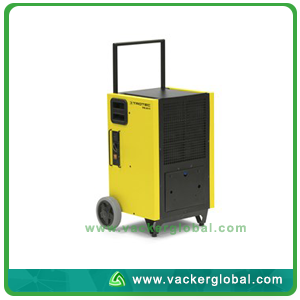
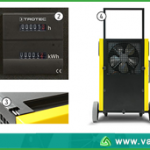 ooling system.
ooling system.